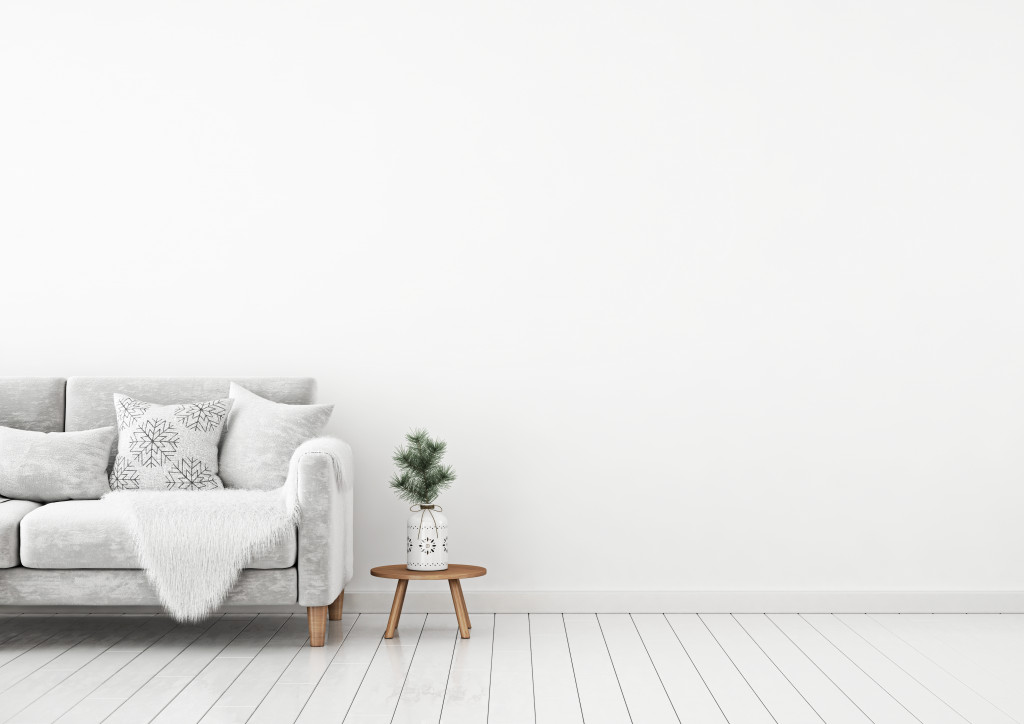Homes these days are all about personal style. We live in an era where we have the freedom to share and capture our personal identities through social media and other digital means. We can embrace and refine our unique personalities, including how we groom and dress and even decorate and organize our living space.
Designing the house and building a sanctuary out of it has become a privilege and a luxury. Whether we’re living alone, with a partner, group of friends, or the whole family, our lifestyle and living arrangement contribute to how our home will look and how it functions. Some even go to lengths to create a comfortable living space by consulting a render supplier to enhance external insulation and avoid expensive repairs down the line.
It’s never practical to fall into the pressure of sacrificing your budget and the comfort of your home just to make it look like a magazine cover. The best you can do is to style it according to your personality, lifestyle, and desired functionality. This is where the minimalism and maximalism design movements come into play by catering to the unique preferences of stylish homeowners. To better understand the distinction between the two, we’ll discuss what it means to decorate your home in a minimalist and maximalist way.
The Minimalist
Minimalism focuses on the idea of removing the excess and making room for only the essential components. When it comes to design, minimalism embraces functionality, neutral colors, basic textures, clean lines, plain patterns, and empty spaces. It focuses on simplicity, getting rid of unnecessary clutter, polishing surfaces, and leaving out only the necessary things. In other words, minimalism eliminates the visual noise to draw the viewer’s focus to a limited number of utilitarian items and decors that are practical and useful at the same time.
Besides being a design approach, minimalism started as an art movement in the 1960s, which refers to extreme simplicity and the objective viewpoint towards composition. Minimalism was a popular design approach in the art world but gradually earned its reputation in modern culture.
In home design, minimal interiors comprise five key elements: modern finishes, streamlined details, clever storage solutions, sleek silhouettes, and simple color palettes. It focuses on only the most basic and plain furniture pieces with organic finishes that aren’t coarse nor uncomfortable.
A minimalist-styled home is all about living less. For example, a minimalist bedroom only requires a dressed bed and a single bedside table. You can choose a plain rug or none at all. Blankets, shoes, jewelry, books, and clothes belong in the closet or closed wardrobe. Walls have pale color schemes (naturally toned or light color) with at least one picture hanging.
Practicing minimalism isn’t simply about having fewer items but knowing which material possessions are the most valuable and removing items that draw us away from it. Everything focuses on purpose, clarity, and intentionality, giving up the habit of accumulating items and moving away from consumerism.

The Maximalist
From a designer’s perspective, maximalism utilizes intricate patterns and bold colors. Spaces should be substantially more lively and filled with items that possess a personal meaning for the owner.
The idea that maximalism is the complete opposite of minimalism has led to people’s misconception that it embraces clutter. The truth is, maximalism is an aesthetic of excess. This means maximalism focuses on an abundant array of attention-grabbing objects that are strategically positioned. Like minimalism, comfort remains a vital component, featuring several lounging and seating options in living areas.
The great thing about maximalism is that it provides joy and freedom in styling spaces without restrictions or limitations. Excess is even encouraged, and unexpected pairings bring beautiful and unique harmonies. Maximalist offers a crazy mix of bright colors, intricate textures, daring patterns, and quirky materials in home design.
The basic maximalism rule is the bigger, the better. Some examples are classic furniture pieces in bold colors and experimental decors with clashing colors. To keep them visually appealing, choose elements that will balance the craziness while looking visually stimulating at the same time. Surfaces are also covered with decorative yet useful items.
The bottom line
The best design for your home depends on your personal taste. The continuous shift in decoration styles shows that we are no longer followers of trends. We buy things we love, and this is a reflection of who we are. At the end of the day, it all comes down to creating a truly unique and personalized home.


